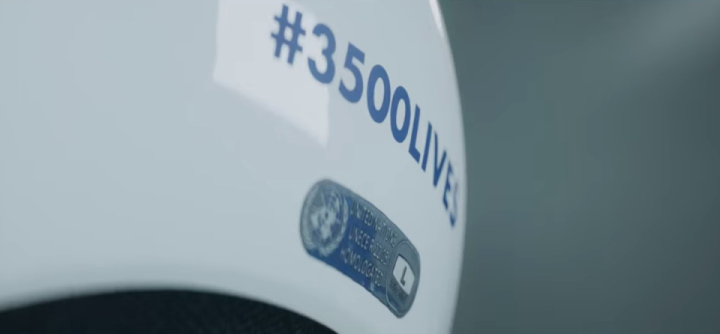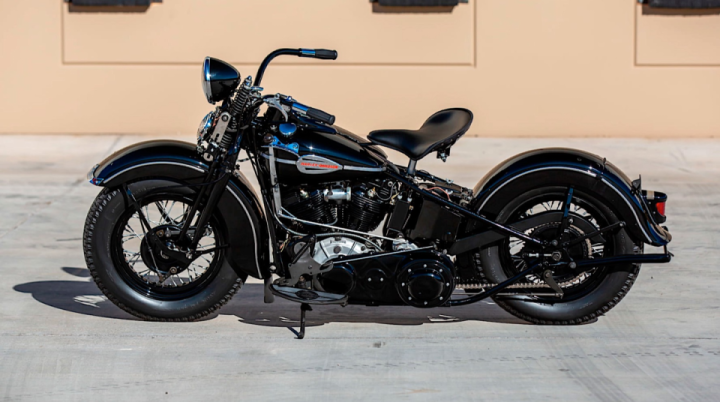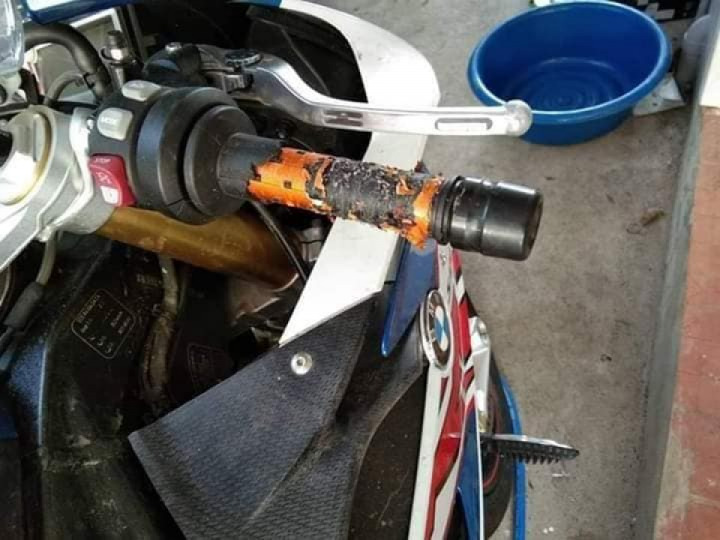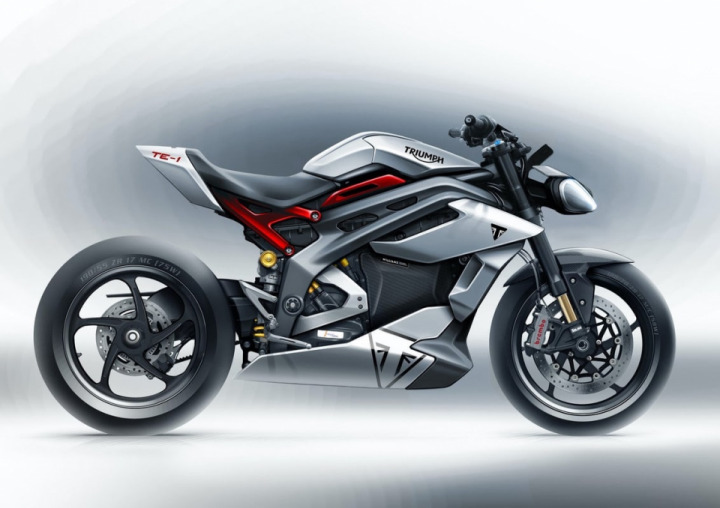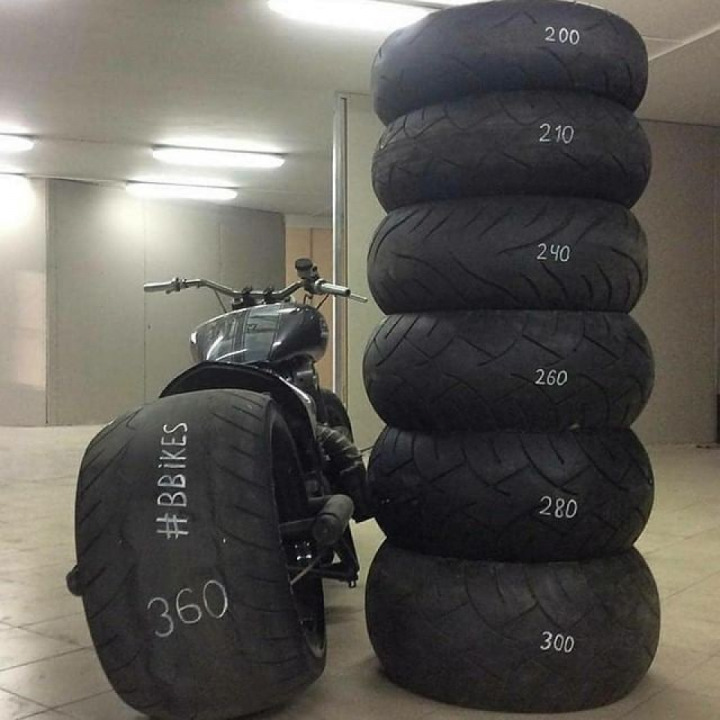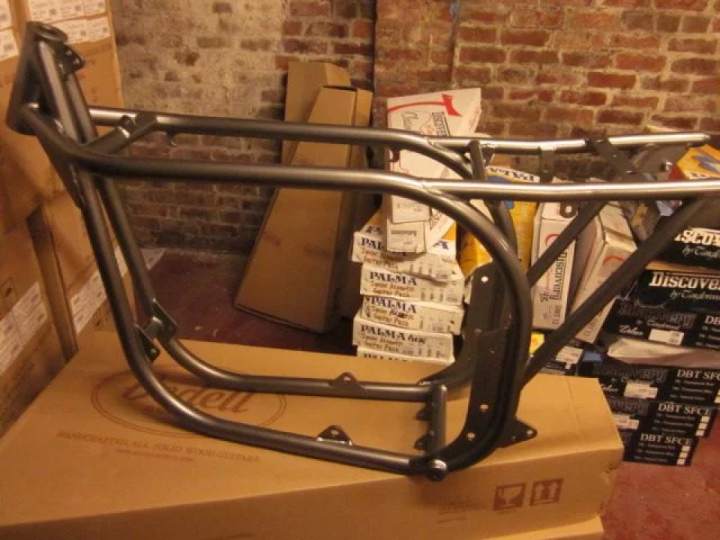Do you need to change your helmet every 5 years?
Hi, everybody.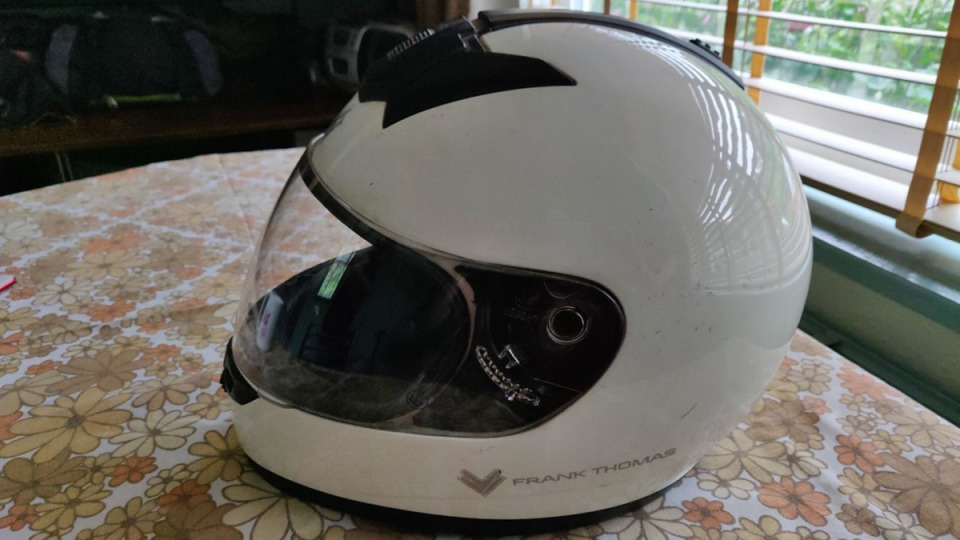
Today I decided to find out the answer to one question that has long worried me – whether it is necessary to periodically change the helmet to a new one? More than once or twice I have heard the opinion that the helmet must be replaced with a new one every 3-5 years, even if it functions normally and there were no falls or bumps.
Even if the helmet was in the closet-after 5 years, it will deteriorate and will not be able to guarantee the owner's safety. All my friends agreed on this. The only difference was the “shelf life” of the helmet.
But then, after being asked to explain why, people didn't know the answer. The General meaning of their confused explanations was that the helmet is made of materials that eventually deteriorate from environmental impact and can no longer meet the standards of protection that the helmet originally had. Well, probably...
It was all very confusing. Change it! That's the whole argument. Since a good helmet is not a cheap thing at all, and it is really difficult to pick it up – I decided to look for serious arguments on this issue.
Chatter is good, but not the fact that the information is correct. So, who among us knows better than anyone about the equipment? Right! The one who produces it. I chose four different but respected brands that make admittedly good helmets. These are the Japanese Arai, the German Schuberth, the Italian X-lite (a division of Nolan that specializes in top-end helmets ) and another authoritative Japanese - Shoei. So, what was found:
ARAI QUOTE:
WARRANTY
All Arai helmets are warranted against defects in materials and workmanship, and are serviceable only for the properly fitted* first user for 5 years from date of first use, but no more than 7 years from date of manufacture. It should be replaced within 5 years of first use.
SCHUBERTH QUOTE:
Q: Who can I contact when I want to buy accessories for my old helmet which is no longer available on the market?
A: Please contact your dealer, specifying the exact helmet type name.
For your safety we point out that, depending on operational demands and care, a helmet should be replaced after 5-7 years.
X-LITE (NOLAN) QUOTE:
Helmets do not have an expiry date, but they should be replaced after five years of regular use.
SHOEI QUOTE:
Even if none of these is applied, we, SHOEI, recommend replacement in 5 years after it's first purchased at retail.
On one of the forums, I found information from a Shoei representative.
…My name is Patrick Houlihan, and I am a Technical Advisor for Shoei Safety Helmet Corp. I'm here to answer any questions you may have about our products. Please feel free to respond to this thread or to send me a private message…
We suggest that our helmets be replaced 5 years from purchase date or 7 years from manufacture date, whichever comes first. We also cover our helmets for the entire lifespan of the helmet (5 years from purchase date or 7 years from manufacture date) with a full warranty against manufacturing defects. If you are unsure that your helmet is still safe to be worn, do to exposure to chemicals, extreme heat, impact damage, etc, you can send in your Shoei helmet to us for a free inspection. Once we receive the inspection it takes 1-3 business days to complete the inspection. Upon completion, we return the helmet to you UPS Ground with a letter stating the results of our inspection. The inspection and return shipping are free.
And so, the manufacturers said clearly. But, we must understand that despite all the authority and respect-these are manufacturers. Their business is not to make good helmets, but to make them and sell them. And still not get on the claim under the guarantee. Well, in fact, do not give a lifetime warranty and do not declare the service life eternal-they pull out free replacement of all sorts of parts, new helmets will not be bought. You won't believe it, even the armored Bank safe I have at work has a guarantee and a stated service life. And I do not care — what is a square iron box with a unbreakable lock, alloy steel, who wants — will not break.
On the other side, they make good helmets. Which really work out and save lives. There is no smoke without fire – maybe there is a reason in these figures? At the same time, one thing continues to strain – the term is defined, but why the helmet should be changed, no one gives an answer. Looking further, in independent resources:
Snell Memorial Foundation QUOTE:
— Why should you replace your helmet every five years?
— The five-year replacement recommendation is based on a consensus by both helmet manufacturers and the Snell Foundation. Glues, resins and other materials used in helmet production can affect liner materials. Hair oils, body fluids and cosmetics, as well as normal «wear and tear» all contribute to helmet degradation. Petroleum based products present in cleaners, paints, fuels and other commonly encountered materials may also degrade materials used in many helmets possibly degrading performance. Additionally, experience indicates there will be a noticeable improvement in the protective characteristic of helmets over a five-year period due to advances in materials, designs, production methods and the standards. Thus, the recommendation for five-year helmet replacement is a judgment call stemming from a prudent safety philosophy.
Got it! The first reasonable justification, especially true about hair oil and cosmetics! Okay, that's clear. What about the materials? manufacturers do not hide what they make helmets from. Maybe it makes sense to look at the characteristics of these materials — do they really break down over time? The standard helmet has three layers and consists of a hard shell, energy-absorbing material and an inner lining.
The outer shell of a motorcycle helmet is a rigid shell made of different materials (thermoplastics or composites). From thermoplastics, ABS or polycarbonate is most often used. For composite materials, fiberglass, carbon fiber, or Kevlar are usually used. Epoxy or polyurethane resins are used as a binder, as well as thermoplastic with various additives. With composites, it is difficult — there are so many things mixed in that it is difficult to isolate the characteristics of a single material.
But the budget and common ABS plastic can be checked:
— Dissolves in esters, ketones, 1,2-dichloroethane, acetone.
— Some types of ABS can be destroyed by sunlight.
The second layer is a damping, energy — absorbing layer. It is usually made from styrofoam. One of the advantages of this material in different sources is always stated durability:
"One of the ways to determine the durability of Styrofoam is by alternating heating to +40 °C, cooling to -40 °C, and holding it in water. Each such cycle is assumed to be equal to 1 conditional year of operation. It is claimed that the durability of products made of Styrofoam according to this test method is at least 60 years, or even 80 years»
However, if the durability is established, then the Styrofoam still breaks down from time to time. However, 5 and 60 years are slightly different numbers…
I personally made my own opinion: 5-7 years is a highly averaged period. To a greater extent, it is dictated by marketing and the desire to protect the end user as much as possible. The durability of the helmet is influenced by many factors. And the above term is highly generalized. The service life of the helmet of an active adventure or pro rider, whose helmet is the most frequently dressed item of clothing in life, can not be the same as that of a cafe rider who passes 50 km along in a week. On the other side, there is logic in replacing the helmet. Styrofoam material is quite fragile and stupidly crumpled about your head in the process of numerous shootings-putting on and general vibrations when riding. Aggressive oil-containing liquids are really a lot in our lives and they can slowly but surely destroy your helmet.
So, I did my research, and you make your own opinions. "Think for yourself, decide for yourself.."
Good luck!
 Follow
2.5K
Follow
2.5K


